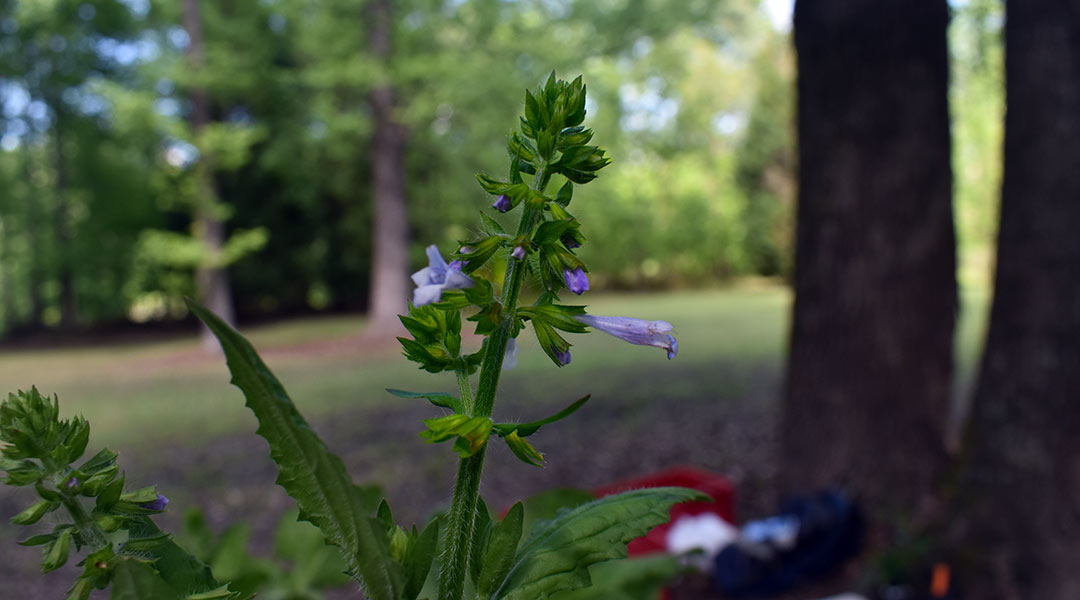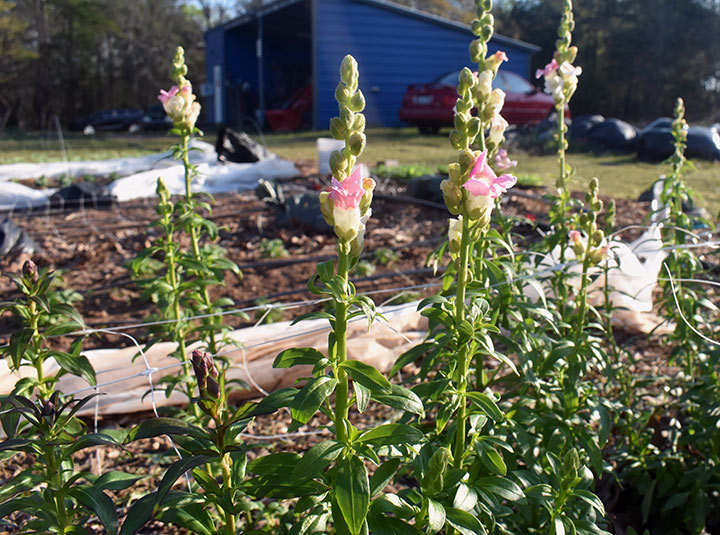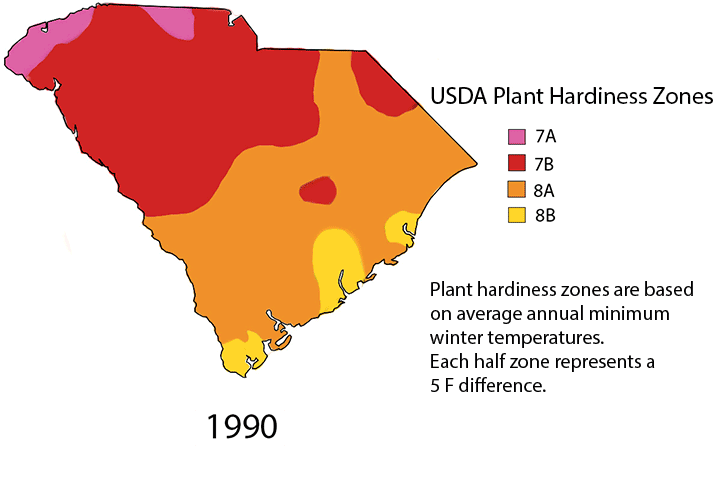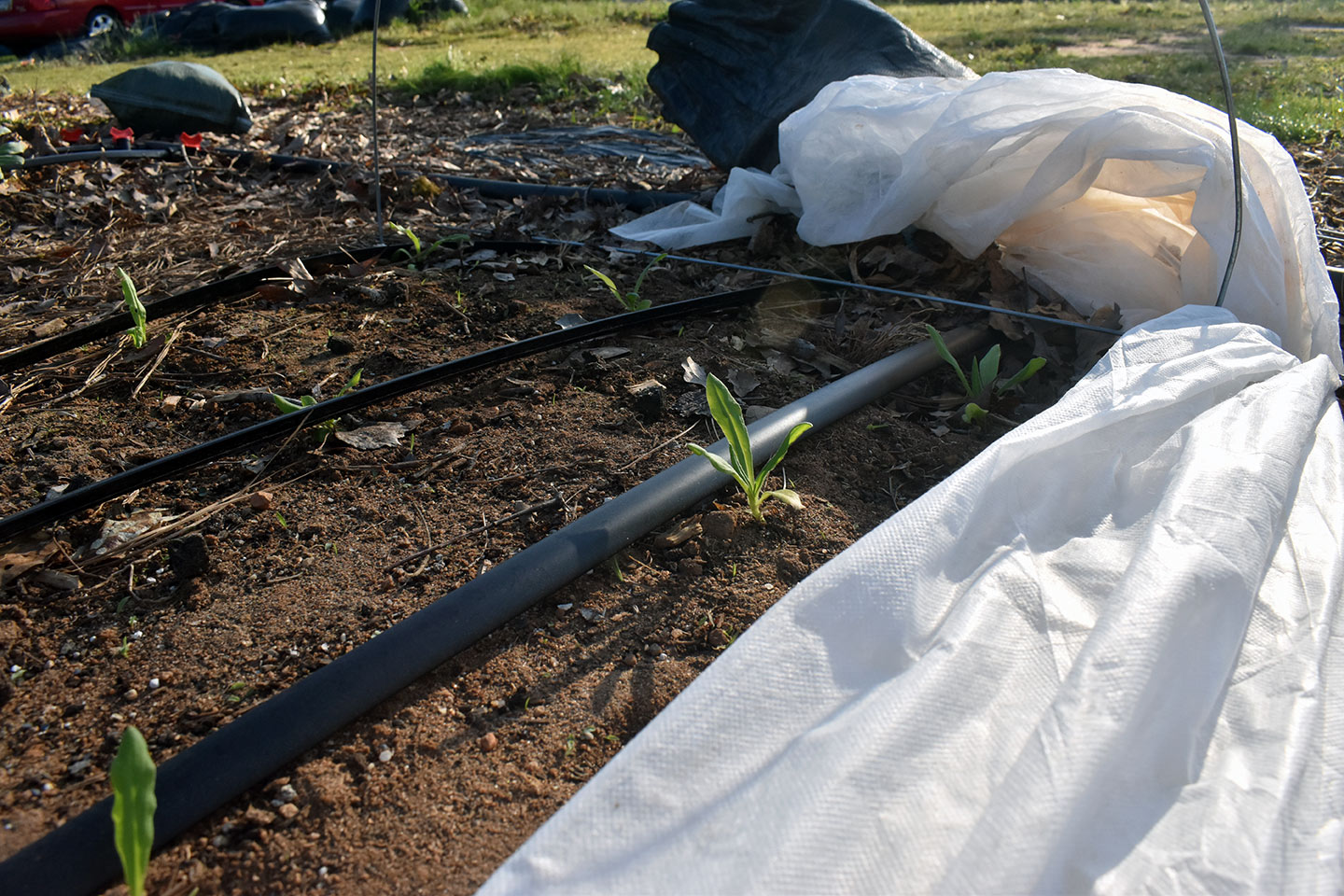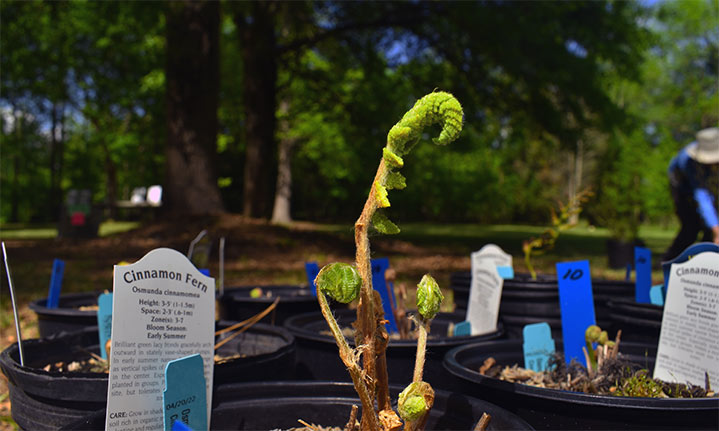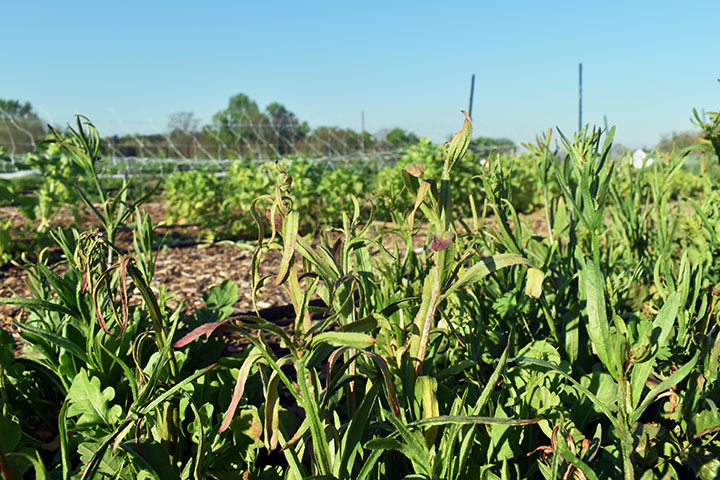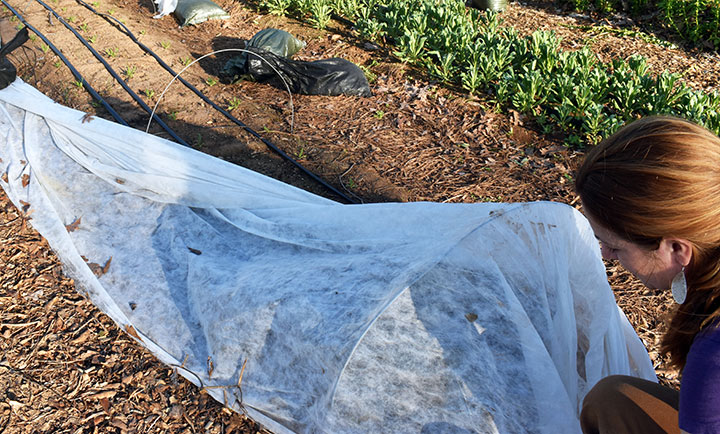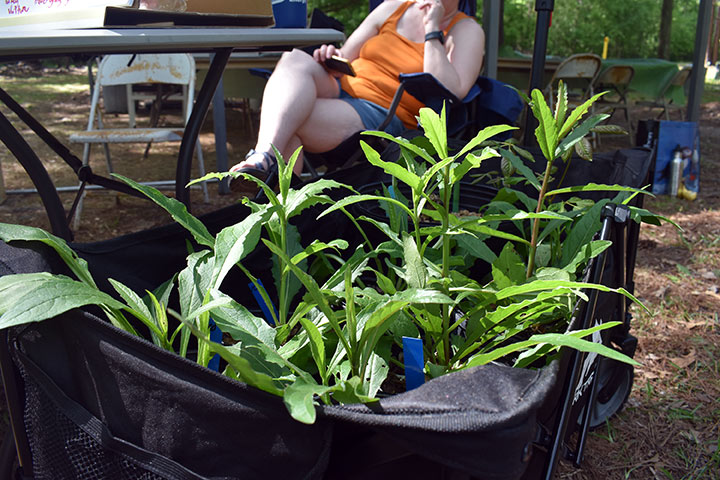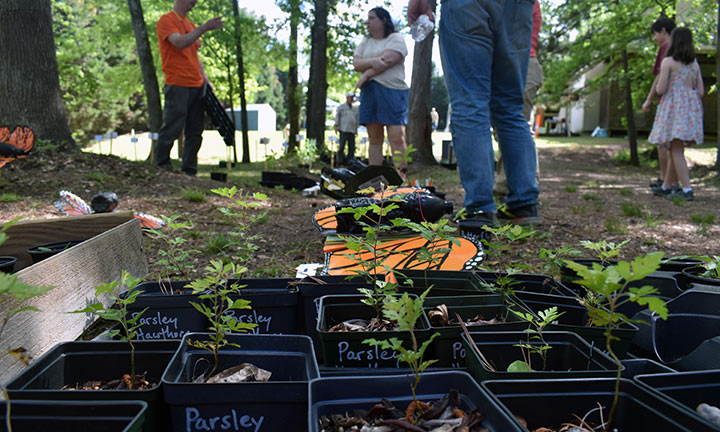As winters warm in South Carolina, some flowers are blooming, and dying, sooner. (Photos and graphic by Danielle Cahn)
Spring has sprung in South Carolina, and many residents are enjoying the wide variety of flowers and plants blooming in gardens and natural areas. But as the winters have increasingly warmed, gardeners have had to change their practices to allow native flowers and plants to thrive here.
The USDA’s plant hardiness zones map shifted dramatically in South Carolina from 1990 to 2012. The zones represent the lowest winter temperatures of each region. In the past few decades, winters simply have been hotter across the nation.
Most of South Carolina’s plants still can grow despite the climbing winter temperatures. But growers are taking extra precautions to manage gardening conditions.
“There are plants that used to be able to grow in James Island that no longer can, or are not as reliable,” said Charleston County’s Sharleen Johnson, owner of Native Plants to the People. “(They) survive for a few years and then they’ll die.”
Commercial growing
The owner of One Hubcap Farm, which specializes in growing flowers in northern Richland County, has been learning how to deal with the warmer winters and their cold snaps for her entire career.
“This whole flower thing is a learning curve,” said Mary Ann Adams, who opened her commercial farm in 2019. “I just have learned to really look at the weather and to see what’s coming and consider the wind and the rain and all these other things, too. It is a really pretty complicated thing.”
Flowers can be especially fickle when it comes to unexpected changes in the weather. For Adams, this has meant learning to keep back-up seedlings in her home, planting cover crops in the winter, and diversifying her flowers as much as possible.
“If one crop dies, it’s not the end of the world,” said Adams “I mean, it’s still a pain.”
She also said she learned some lessons from last year’s chill when her snapdragons and larkspurs matured far too quickly before the cool temperatures returned. They got too large to cover, and the frost took out many of the buds. This year she planted them nearly two months later and is seeing better results.
Adams said her one big takeaway from her experience has been patience. She learned that even if it seems warm enough to plant early in the year, it’s better to wait until there is as little chance of frost as possible.
For home gardeners with less experience, that can be a very difficult balance to strike, especially when they are less in tune with how the weather might turn.
Home gardeners
Plant shops that sell to South Carolina gardeners are changing their recommendations to customers based on these weather conditions.
“I’m just advising people if you’re selecting a cultivar or a variety now of blueberry, of blackberry, of anything that has a range in its bloom time, choose medium or late,” Johnson said. “Don’t choose early. It sounds great to have early ones, but you’re not reliably going to get it anymore.”
Johnson explained that even with warmer winters, there is also greater variability in temperature. That means flowers that bloom early in the warm winter weather will likely die during a late frost.
Bob Askins, president of the South Carolina Native Plant Society’s Midlands Chapter, is also advising gardeners to choose plants that grow farther south, as growing conditions here start resembling those in warmer regions.
“We’re telling people that if they’re selecting plants, if you can’t find anything that’s truly local to your region, maybe you might want to choose things from somewhere slightly south,” Askins said. “You might want to get something from Georgia or Florida instead of from Virginia or Pennsylvania.”
For native plant enthusiasts, that advice can be at odds with the traditional stance on native plants.
“A lot of native plant people are hyper local, so they want things like right in this specific area,” Askins said. “… But some of that is beginning to change. We worry about it a little bit. … You run the risk of introducing new genetic strains, … and so you can potentially get unintended consequences.”
Herrick Brown, a casual gardener and curator at the University of South Carolina’s A. C. Moore Herbarium, further explained the need to source plants from farther south.
“You have this climate envelope,” Brown said. “ … If you’re within the bounds of a certain latitude, north-south range or whatever, you’re growing something that’s adapted for the sort of seasonal extremes that are normally experienced within those latitudes. As temperatures rise, that sort of envelope of suitable environmental conditions is moving northward.”
For his own garden, Brown said he is intentional about creating the right microclimate. He hopes that will mitigate the effects of more variable weather.
On “north-facing slopes or (the) north side of your house, you have a shaded environment, so you can grow cooler adapted species there that can survive the hot summers,” Brown said.
“More Mediterranean-type things, you would want to grow on the south side of your house or a south-facing slope because they need that full sun exposure and just brutal summer heat,” he said.
The new temperature patterns have not dramatically changed what kinds of plants gardeners can grow.
But some avid gardeners fear that a few plants could get pushed out of the region entirely. Then there’s the chance that less-desirable, warmer-adapted plants could take hold, Askins said.
“One of the problems with that though is you always run the risk of having something that’s going to become the next worst thing that was ever,” Brown said. “The next kudzu.”
After many were damaged by frost last year, these snapdragons are thriving thanks to less harsh chills and a different planting time.
This seedling gets its day in the sun after being covered with frost cloth to protect it from the early March chill.
Growers say mulching your garden can retain soil moisture, insulate the soil from extreme temperature changes, and keep weeds from growing. This can help gardeners maintain the micro-climate their plants need.

